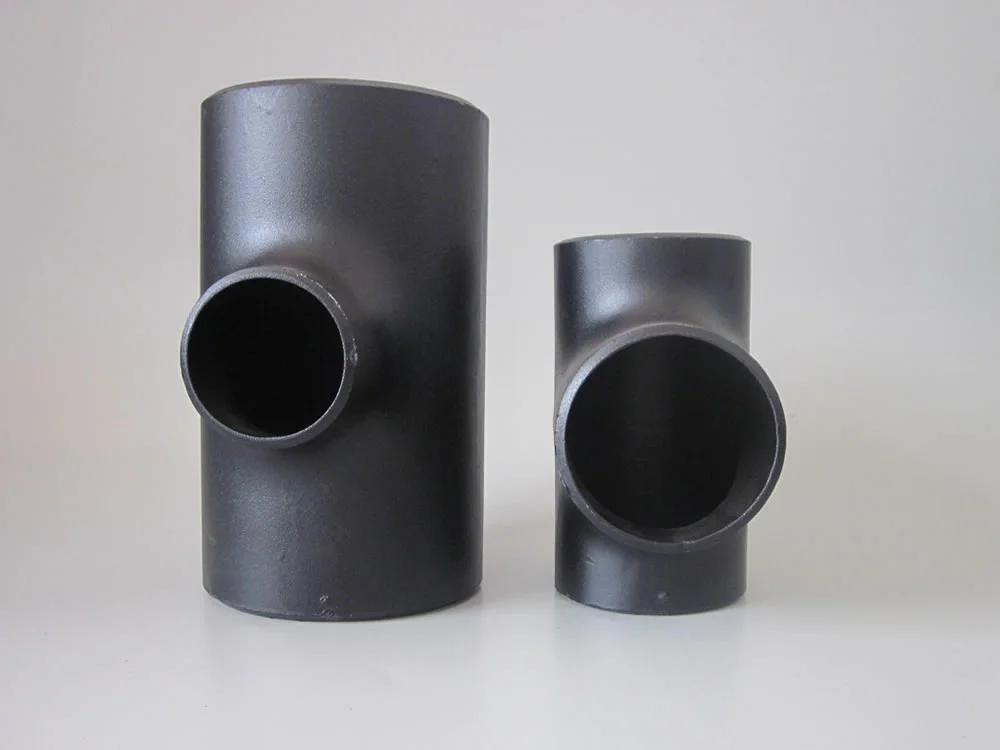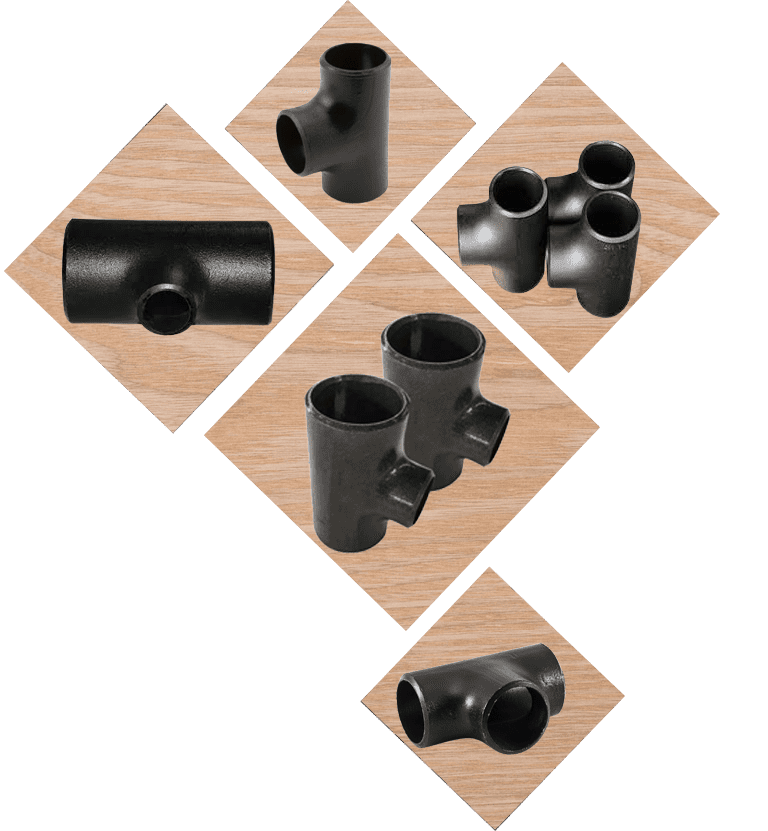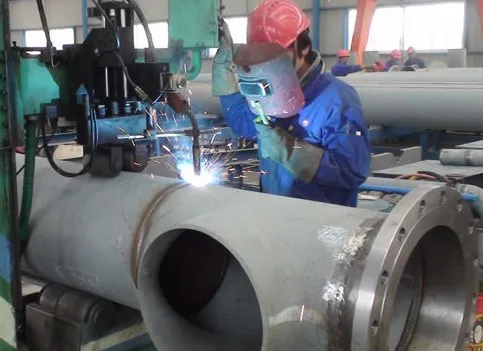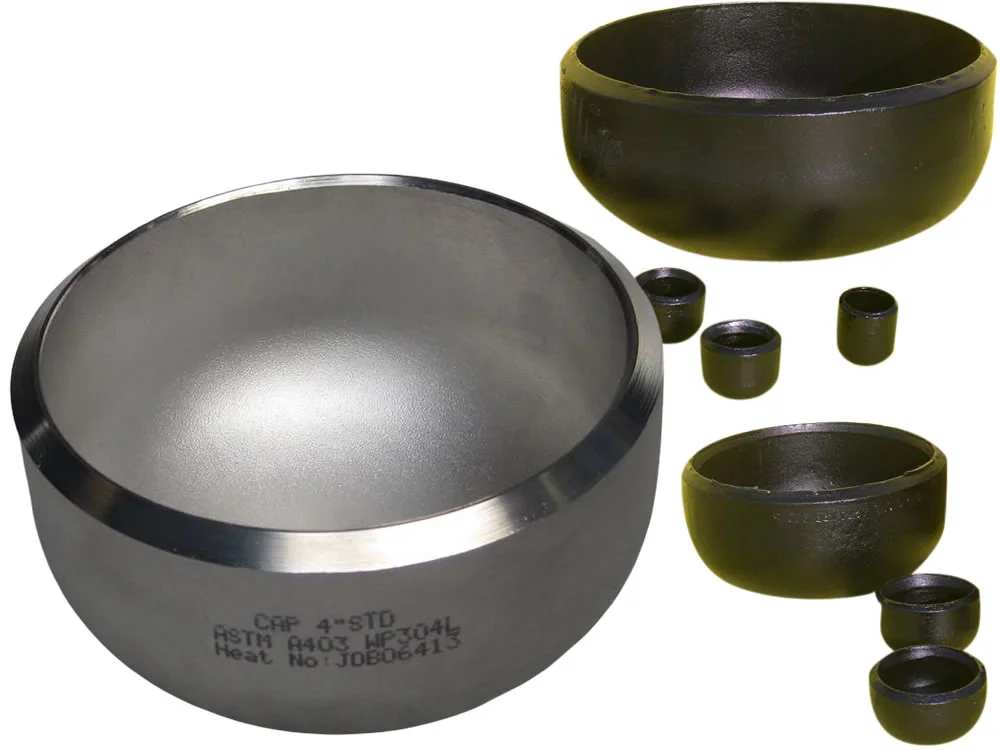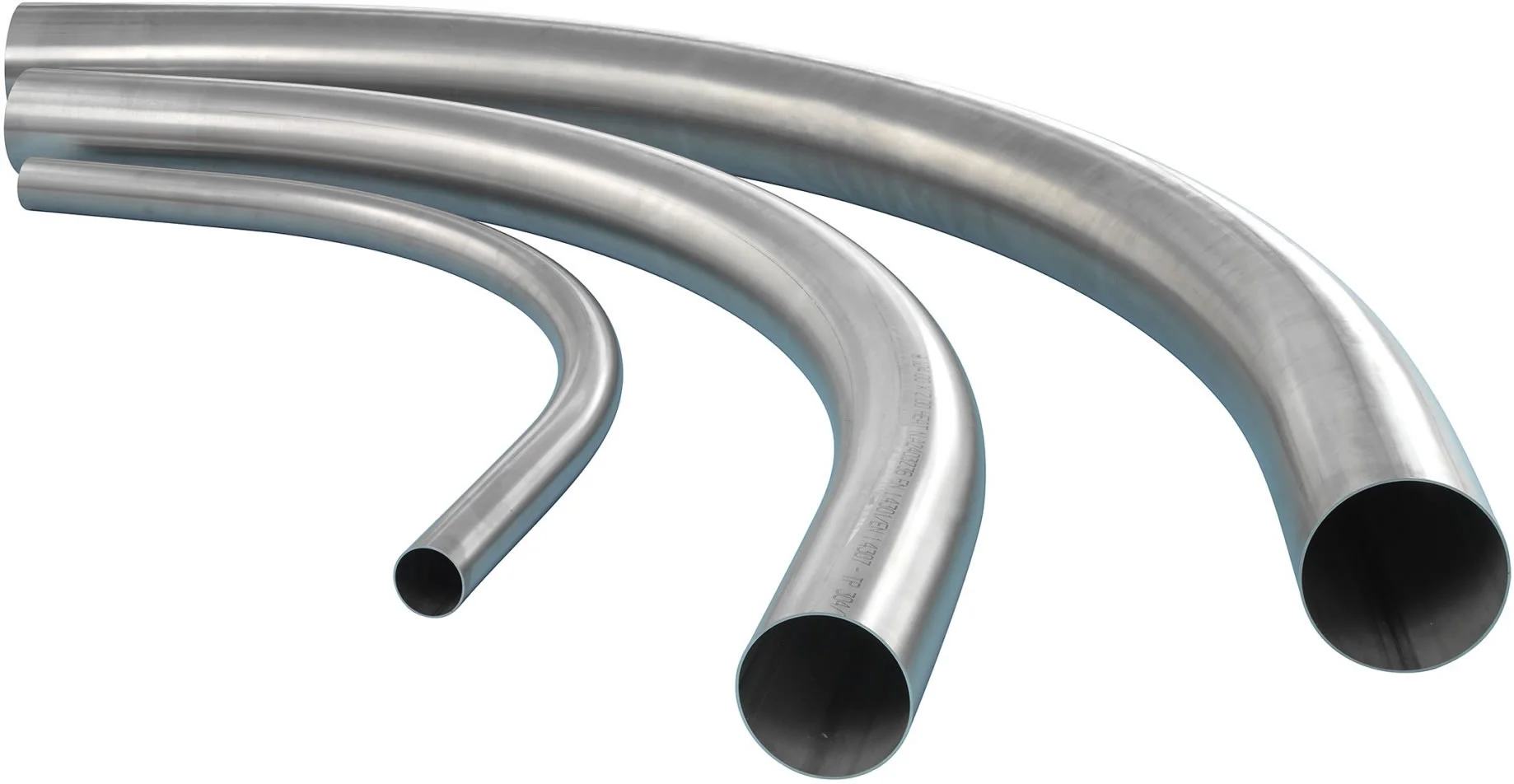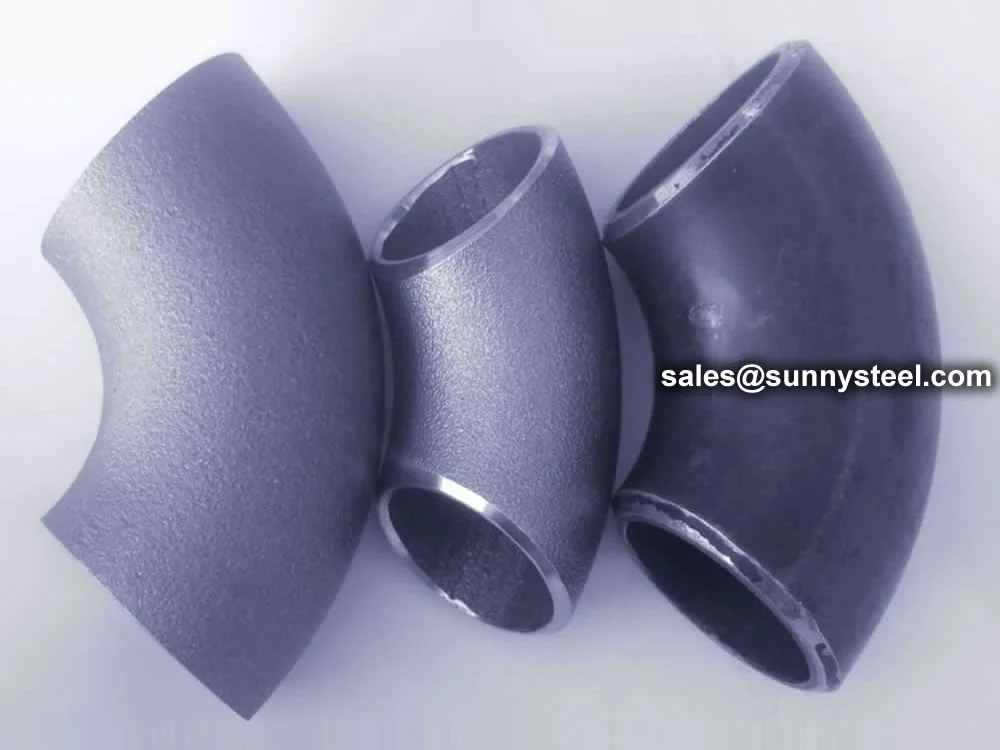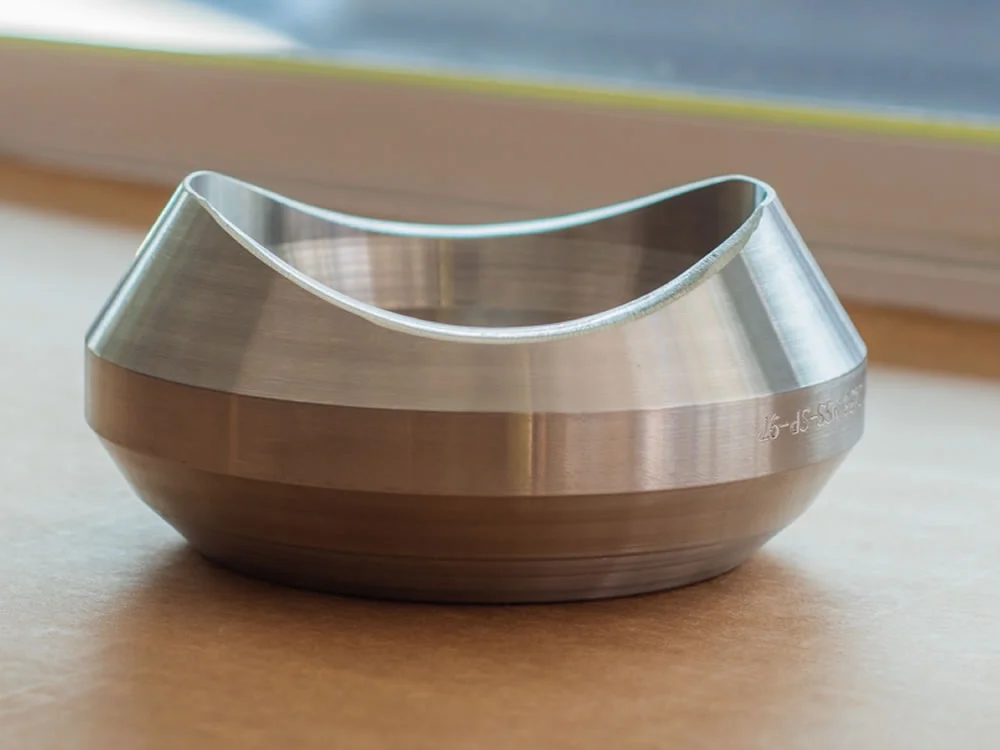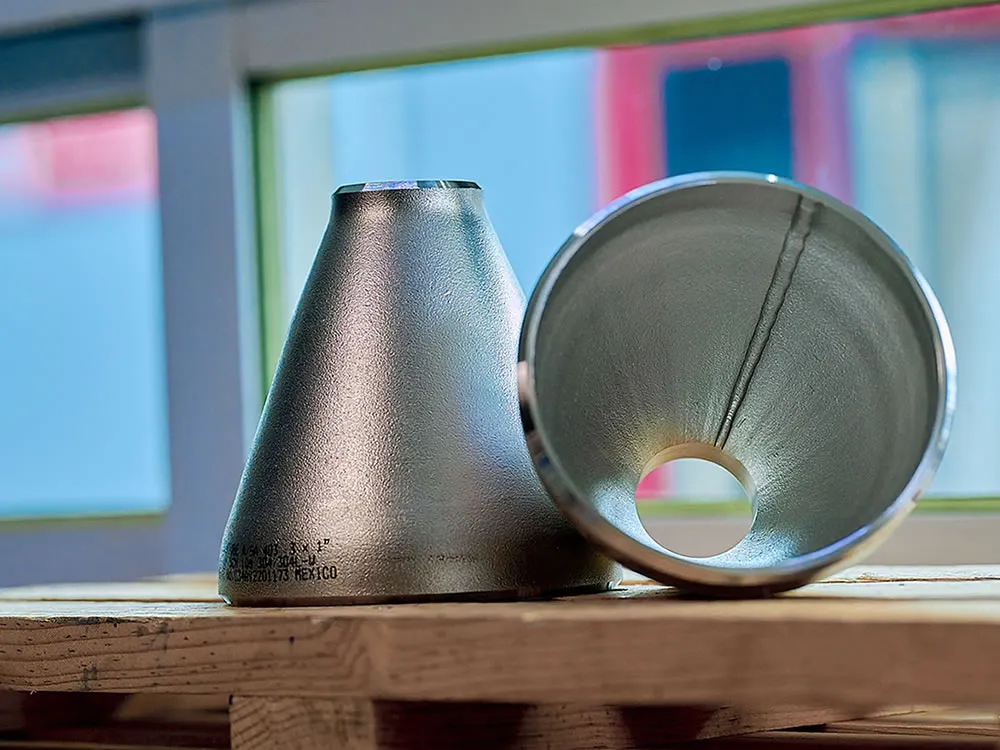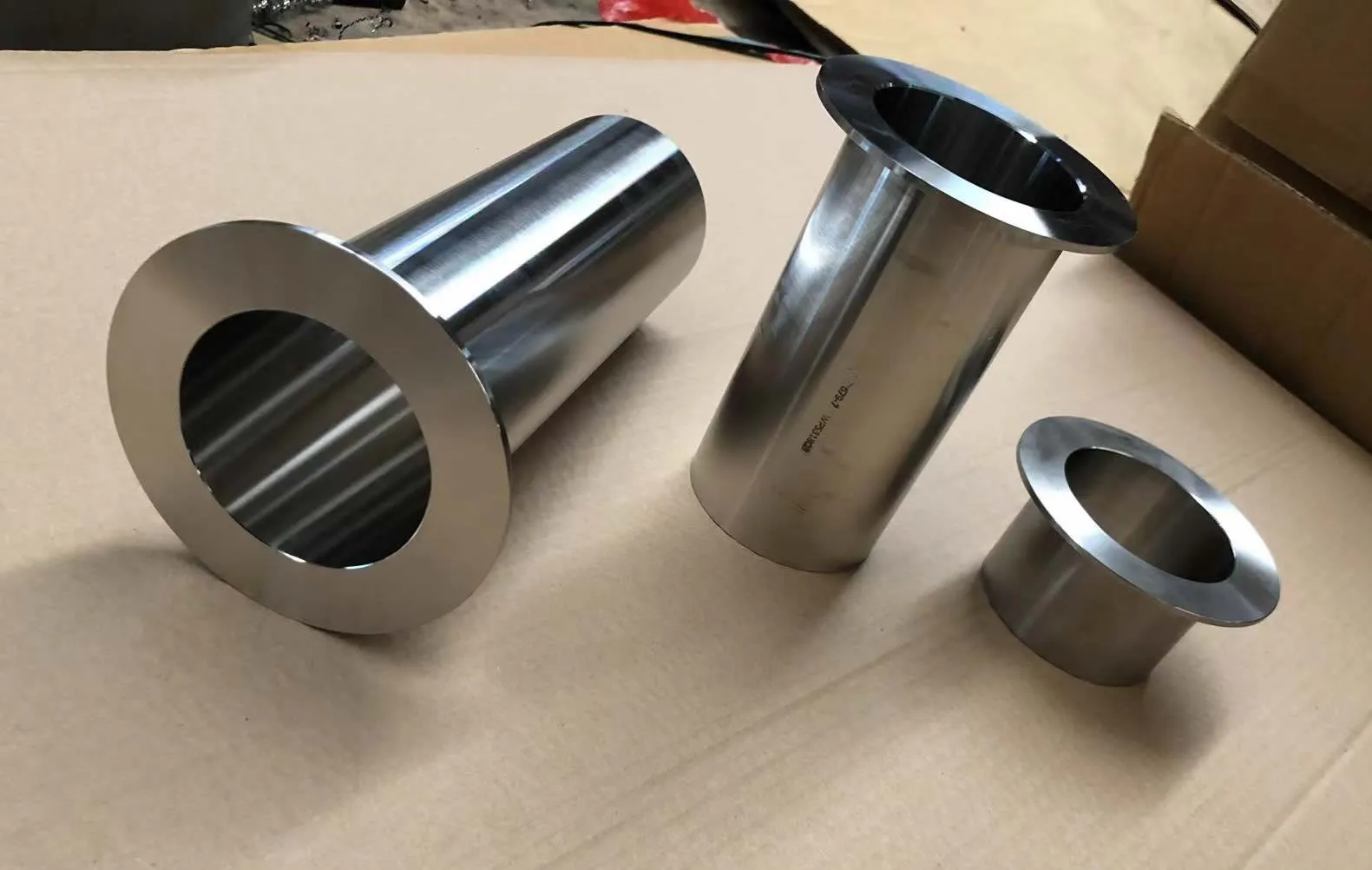Industrial Applications
What Is A Tee In Pipe Fitting?
The pipe tee is currently the most frequently used pipe fitting or connector in
the industry.
Its functionality is analogous to that of elbows, enabling the creation of branch
connections for linear pipelines. As indicated by the name TEE, the shape is T-shaped with
two outlets at 90° to the connection to the main line. The pipe piece is of a short length
and features an integrated outlet. This is used to connect and take taps with a pipe at a
right angle to the linear line. These can be fabricated with various materials, including
stainless steel, carbon steel, cast iron, nickel, aluminum, copper, brass, bronze, plastic,
rubber, and polypropylene. They are available in a variety of sizes and finishes, such as
galvanized, nickel-plated, black cast steel, white coating, gold finish electroplated, and
more. These options can be selected based on the end user's requirements. Pipe tees are a
common solution in pipeline networks for transporting two-phase fluid mixtures. They can
also be used as an alternative to o-rings.
The standard construction of T-shaped elbows (TEs) comprises three openings on the sides of
the pipe tees, with two openings being narrower than the other. In some instances, the third
opening may be at a 90-degree angle, subject to user requirements. In the case of straight
pipe tees with identical opening sizes on all sides, these are referred to as equal tees.
Alternatively, they may be classified as reducing tees, which feature one opening of a
different size and two openings of the same size. Sanitary pipe tees are a type of pipe tee
with a curved branch designed for a clean-out plug, and are used in waste lines. One
advantage of this is that it prevents blockages in waste lines. Additionally, a cross pipe
tee is available, featuring four equal-sized female openings. It should be noted that this
type of pipe tee is not typically used in high-pressure systems and is not a common feature.
The opening is threaded and used in conjunction with a threaded plug for a clean-out opening
on a drain pipe. The ASME standards for tee design are ASME/ANSI B16.9 or ASME/ANSI B16.11,
and the pipe tees are constructed by forging or casting.
